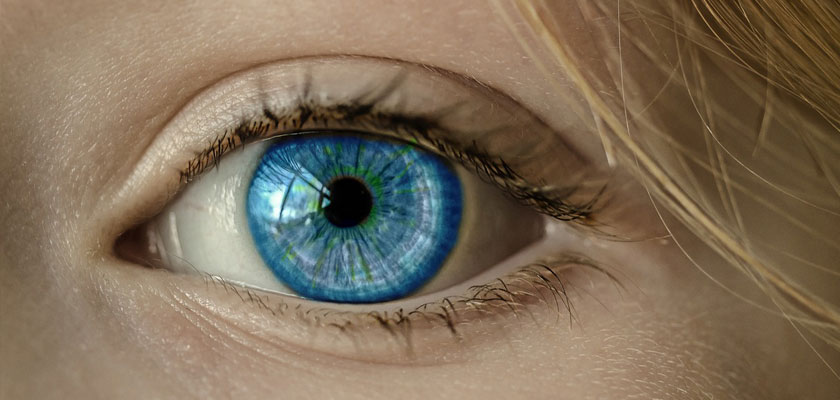Conjunctivitis

Conjunctivitis is an inflammation or swelling of the conjunctiva. The conjunctiva is the thin transparent layer of tissue that lines the inner surface of the eyelid and covers the white part of the eye.
Often called “pink eye,” conjunctivitis is a common eye disease, especially in children. It may affect one or both eyes. Some forms of conjunctivitis are highly contagious and can easily spread in schools and at home. While conjunctivitis is usually a minor eye infection, sometimes it can develop into a more serious problem.
A viral or bacterial infection can cause conjunctivitis. It can also develop due to an allergic reaction to air irritants such as pollen and smoke, chlorine in swimming pools, ingredients in cosmetics, or other products that contact the eyes, such as contact lenses. Sexually transmitted diseases like chlamydia and gonorrhea are less common causes of conjunctivitis.
People with conjunctivitis may experience symptoms of a gritty feeling, itching, burning, excessive tearing, swollen lids, discharge from one or both eyes, red eyes and increased sensitivity to light.
Conjunctivitis can be diagnosed through a comprehensive eye examination with special emphasis on the conjunctiva and surrounding tissues. The appropriate treatment for conjunctivitis depends on its cause. Using the information obtained from these tests, your optometrist can determine if you have conjunctivitis and advise you on treatment options.



Leave a Reply
Want to join the discussion?Feel free to contribute!